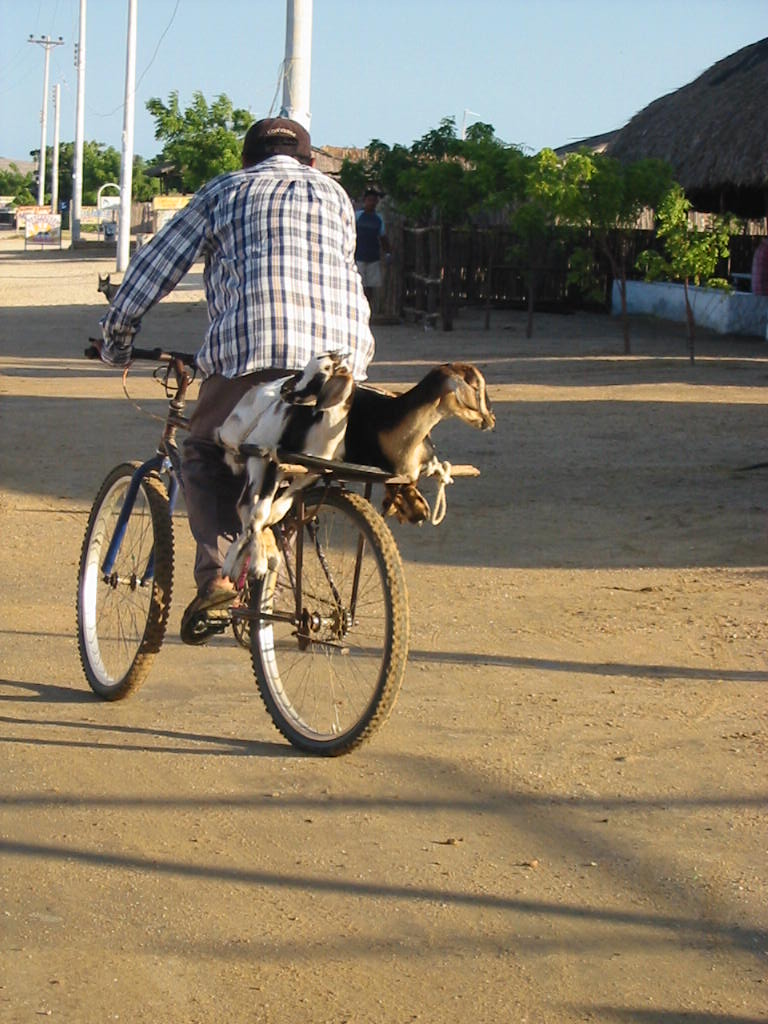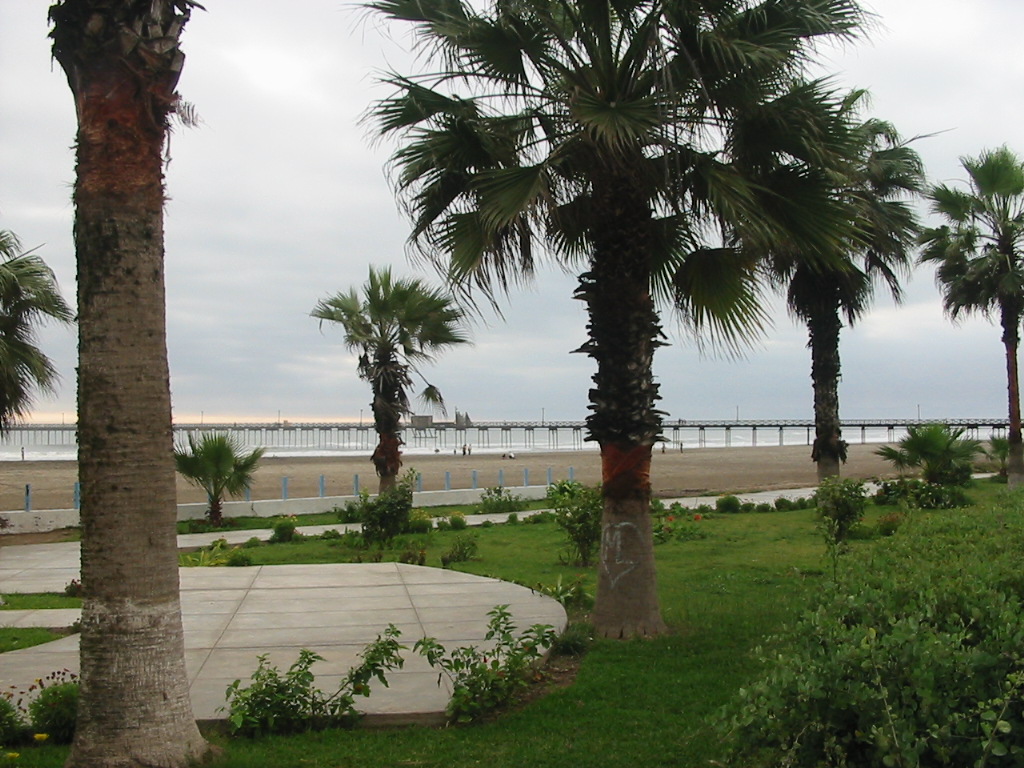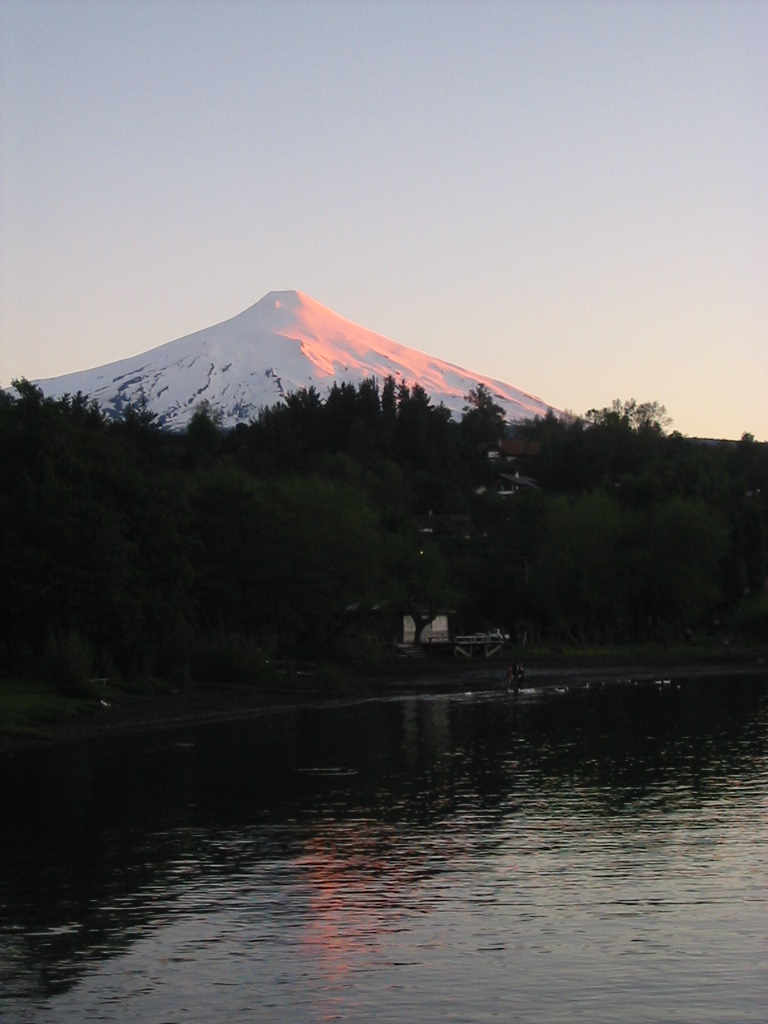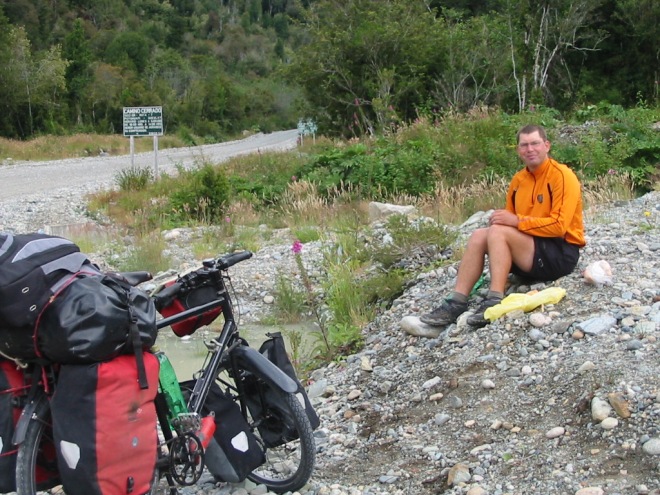
Especially in rural areas, locals use bicycles to get around. Cabo de la Vela, Wajirra, Colombia. photo © Lorraine Caputo
º
Sometimes on your travels, you just need to do something a bit different. It can get boring going from museum to museum, or from archaeological site to more ruins (it’s easy to get “ruined out”). Or, after a long bus ride, you just need to stretch your legs.
Bicycling is not only a way to spice up your trip. It is also a great way to get to more out-of-the-way attractions and away from the maddening crowds.
But fear not – you won’t stand out like the proverbial sore thumb, like a crazy foreigner heading out on two wheels. For many years, Latin American have relied on these two-wheel transports for getting around in their daily lives!
º
The Bicycle Star Rises over South America
South Americans are rivaling Europeans in using bicycles to get around. According to a 2022 IPSOS study, 37% of Colombian adults, 37% of Peruvians, 28% of Brazilians, 35% of Argentinians and 29% of Chilean adults ride a bicycle at least one a week. This beats out Belgians, Brits, Norwegians and other denizens on the opposite side of the Atlantic pond.
More and more South Americans are relying on these two-wheel vehicles to avoid the usual overcrowded local transportation and to have more freedom in getting around their cities. And in the post-Covid era, many ciudades are allotting more funds to increase the number and distance of designated bicycle lanes (ciclovías). These include major cities like Bogotá (Colombia) and Quito (Ecuador), though smaller towns, like Ambato and Riobamba in Ecuador, are also expanding their ciclovías.
º
What This Means for Travelers
We travelers can take advantage of this growing bicycle trend. We’ll be able to avoid overcrowded public transportation and save money on taxi rides to museums or nearby attractions. Going by bike is great physical exercise that’s fun to boot!
You can join a formal biking tour with a local agency. But you can (alone or with another traveler or two) also head out on your own, designing your own excursions. You can stop to take photos, chat with locals, rest – go at your own pace while exploring the places you choose to visit. You will be able to stay as long as you wish at each attraction – or skip the ones you’re not interested in. You’ll also be able to get to places where organized bike tours aren’t offered.
But more importantly, it allows us to put into practice several tenets of SLOW (Sustainable, Local, Organic, Whole) travel, which some travel experts say will be the cornerstone of post-Covid-pandemic travel. The concept of SLOW travel is to take a longer trip (a week or longer) focused to a single destination or small geographic area. Adding bicycling tours to our itineraries allows us to travel SLOW and more sustainable.
º
Types of Biking Excursions
Some travelers plan for years to do long-distance and long term biking excursions, limited to one country or one region – or even undertaking the ultimate challenge of biking the entire Pan-American Highway from Alaska to Tierra del Fuego.
But if you’re not up for such adventures, you can incorporate the humble bicycle into your holiday itinerary in many ways. No matter whether just to get around the city or out into the countryside, a trip to the local bike shop can help you see the sights.
Biking is a great way to get around town to the museums, parks and other attractions that are accessible by ciclovías, or bicycle lanes. Ask at the local tourism office for a map showing these routes, and plan your itinerary.
In some towns, there are city biking tours to show you the local colors, sights and sounds. These are much like walking tours you may have read about – only these are on two wheels!
Another option is to join the weekly (usually on Sunday) bicycle outings that Bogotá, Quito and other cities have. City streets are closed and dedicated to bike riding. In some places you can rent a bike for the day.
Bicycling is also fantastic for getting out of town to waterfalls and national parks, or to archaeological ruins (especially in Peru – Trujillo and Nazca have tons of ancient sites nearby to explore), or to small, traditional villages. Another invigorating biking day trip is to viñedos or bodegas (vineyards) in Peru, Chile and Argentina. Many of these sights can be done with formal tours or on your own.
The region’s many hot springs are another worthy destinations for your biking explorations – and a great way to relax your bike-riding-sore muscles.
º
Before Heading Out – Tips for Your Biking Outing
Before heading out on your bicycling adventure, there are a few things to do in order to have a more pleasant and safer excursion.
- Check bike (tires, brakes, chain, etc.) for condition – do not rent a bike with problems.
- Check rental agreement.
- Don’t forget a bike helmet!
- Use a good lock and chain (or cable). When you get to your destination, lock the bike up properly (i.e. pass the chain through the front wheel and the bike’s frame).
- Do warm-up (and warm-down) exercises, to prevent injuries that might affect your holiday.
- If biking at high altitudes, be sure you have acclimatized to the heights first.
- Pick up a map (whether physical or virtual) of the route you’ll be taking.
- Pack high-energy snacks – and a picnic lunch!
- Take plenty of water
- Don’t forget sun protection (hat, sun protector, etc.), and anything you may need for the weather (rain gear, windbreaker, a sweater, etc.)
Bikes can be rented by the hour, half-day (usually 4-hour block) or full day (8 hours); it’s usually cheaper per hour to rent a bike for a half-day or (even better) full day. Plan your route and figure out how long it’ll take. While long (in both distance and time, lasting weeks or even months) bike tours cover, on average, 65-95 kilometers (40-60 miles) per day, you may want to stick to shorter routes, pedaling only 30-50 kilometers (20-30 miles).
º
Great Biking Adventures Await You
To whet your biking appetite, here are some day-trip adventures you might want to add to your itinerary. The kilometers given in parentheses are the distances one way; it may be possible to take local transportation back to the main town. As well, organized tours may be available for some of these routes.
º

The interior courtyard of Monasterio Santo Ecce Homo. near Villa de Leyva, Colombia. photo © Lorraine Caputo
Villa de Leyva (Colombia) – Road to Santa Sofía (12+ kilometers / 7+ miles)
The road heading from Villa de Leyva to Santa Sofía is jam-packed with all sorts of stuff to see – from botanical gardens to archaeological sites, from a colonial-era monastery to fascinating fossils – all within a 12-kilometer stretch. The attractions you can stop off to see are: Pozos Azules, sapphire-blue pools cast across the desert (3 km); Amonita, a large ammonite fossil monument (4 km), marking the turn-off for the Criadero de Avestruces, an ostrich farm (2 km away); Fibas Jardín Botánico del Desierto botanical garden (3.5 km); Museo El Fósil, a museum housing a gigantic crocodile-ancestor fossil (4.5 km); Ruinas de Monquirá, ruins of a mid-16th century church (6 km); Parque Arqueológico de Monquirá, a.k.a. El Infiernito, an archaeological site with stone calendar and phallic statues (7.5 km); Viñedo Aim Karin, a vineyard set 600 meters from the Santa Sofía road (10.6 km); and lastly Monasterio Santo Ecce Homo, a beautiful 17th-century monastery set 1 kilometer off the road (11.7 km from Villa de Leyva).
This is a fairly straight-forward and flat route. You will be going through desert, so have plenty of water and sun protection. If you are a walker, you can also take a local bus as far as the Monasterio and walk back, stopping off at the attractions that interest you. Colombia Highlands conducts bicycle tours to Parque Arqueológico Monquirá and other sites along this route, as well as to other attractions in the region.
º
Baños (Ecuador) – The Waterfalls Route (18 kilometers / 11 miles)
One of Ecuador’s most famous bicycle routes is the Ruta de las Cascadas which visits some of the country’s best waterfalls. The route follows the highway towards Puyo, a town in the Amazonian jungle. Along the 60-kilometer way are 60 waterfalls. The most renowned are Agoyan, Culebrillas, Manto de la Novia (Bridal Veil), San Jorge, San Pedro, the über-famous Pailón del Diablo, and Machay. Most people go only as far as Pailón del Diablo, 18 kilometers from Baños.
You can rent a bicycle in Baños and do the route on your own or with other travelers (maps are available at bike shops and the tourism office), or join a tour. Be aware that although it is mostly downhill, some stretches are quite demanding – and the way back will be uphill! (You can also catch a ride on a bus or truck heading back to Baños.) Also beware the traffic, as this route is the main highway into the jungle. There are also several tunnels to go through.
º

Pimentel, Peru. photo © Lorraine Caputo
Chiclayo (Peru) – Monsefú-Santa Rosa-Pimentel circuit (29 kilometers / 18 miles)
If you’re feeling like taking a break from visiting ruins, and want to experience some of the living culture of northern Peru, then this circuit might be just what you need!
It begins in Chiclayo and heads west towards the coast. The first stop is at Monsefú (15 kilometers from Chiclayo), an artisan village with a crafts market and workshops you may visit, and an interesting church with small museum. Monsefú is known for its cotton, wool and straw weavings.
Continue down the road to the coastal village of Santa Rosa (7 km from Monsefú). In this typical fishing village you can see locals still using the ancient caballitos de totora reed boats. South of the beach is the popular surfing spot El Farol. The beach here is over 14 kilometers long.
Taking the road northward, you next come to Pimentel, a popular weekend destination for Chiclayo residents (7 km from Santa Rosa). Stretch your legs strolling along the Malecón Seoane seafront promenade and the long pier jutting into the sea. Surfing is a big sport here (several shops offer board rentals and lessons). If you want to check out a few ruins, there are Huaca Agujereada (north of the beach) and Huaca Blanca (south of the beach). Or you can relax with a fresh seafood dinner at one of the beachside eateries and watch the sun set.
Be aware, though, that from Pimentel, it is a 12-kilometer ride back to Chiclayo – or see if you can hop a local minibus back to the big city.
º
Coroico (Bolivia) – The Death Road (39 kilometers / 24 miles)
Bolivia’s most famous bike ride is on the infamous Death Road (Camino de la Muerte). The route winds from the snowy La Cumbre mountain range (4,700 meters altitude) and descends about 3,600 meters to the village of Coroico in the steamy Yungas jungle. It is a high-adrenaline adventure on The World’s Most Dangerous Road (which is this gravel road’s other nickname). Before the new La Paz-Coroico highway was built, this was the “highway” from the high Andes to the jungle. Look over the side of the road and you’ll see the twisted wreckage of vehicles that had met their unhappy fate on this camino.
Many tour agencies in La Paz offer this adventure. This is an expedition not to be taken lightly, as bicyclists have died on this route, and others have been injured. You can choose to return to La Paz or stay in Coroico.
º

Volcán and Lago Villarrica. Pucón, Chile. photo © Lorraine Caputo
Pucón (Chile) – to various sites (19-35 kilometers / 12-22 miles)
Pucón has a wonderful network of bicycle trails (ciclovía) to the region’s beautiful natural wonders. Taking a bike outing is a great way to escape the tourist crowds, visiting small indigenous villages and getting out to one of the numerous hot springs near Pucón.
The main ciclovía begins on Calle O’Higgins, just east of Calle Colo Colo. This route heads northeast to the Ojos de Caburgua waterfalls and Laguna Azul (19 km), and on to the village of Caburgua and the south shore of the same-named lake (24 km) or to Huerquehue National Park (35 km).
Or you can make a day trip out westward, to the village of Villarrica by taking the ciclovía that follows the south shore of Lago Villarrica (26 km). In that town, visit the Mapuche cultural center, Wenteche Mapu (Aviador Acevedo and Avenida Pedro de Valdivia), and several museums, including Museo de Leandro Penchulef, established with the cooperation of the Mapuche community (Bernardo O’Higgins 501).
Several tour operators offer bicycle tours. Or, if you prefer to do it on your own, pick up a map at the tourist office or from a cycle shop, and rent a bike for the day.
º
Mendoza (Argentina) – Vineyards (13-16 kilometers / 8-10 miles)
Argentina’s most famous wine-producing region extends from Mendoza to San Juan. In the Mendoza region are Luján de Cuyo, Valle de Uco and Maipú, an area that contains over 1,200 bodegas (vineyards). The best time to visit bodegas is between October and April. You can experience the harvest season festivals in March.
In the Luján de Cuyo area south of Mendoza are the Clos de Chacras (13 km) and Alta Vista (15 Km) wineries. Biking east of Mendoza into the Maipú-Coquimbito region, you’ll find La Rural bodega and museum (16 km). All of these are open to the public.
So, if you’re ready to try some of the local reds (like Cabernet Sauvignon or Malbec) or whites (such as Torrontés or Chardonnay), then hie down to a tour agency and book a day biking tour – or hire a bike and head out on your own! (If going it alone, be sure to make reservations at the wineries first.)
º
º
A version of this article was originally published by AndesTransit.
Used with permission.


We always enjoy bike trips, whether just for a day or a few weeks. The weekly outings where they close the streets sounds quite relaxing and enjoyable.
LikeLike
I would do anything but the death road. For me, cycling is the best way to do sightseeing.
LikeLike
Biking on holidays is a great idea and I really enjoy SLOW travel. South America is a must for me.
LikeLike
What a great and sustainable way to see new places
LikeLike
Our family once biked along the Danube River in Austria. Great memories for sure.
LikeLike
Biking is such a fun way to explore and sightsee! All of the biking routes you’ve suggested seem amazing — I can’t choose which one I’d want to do first!
LikeLike
So great that such a high percentage of the people bike in these countries! Such a healthier lifestyle than Americans dependent on cars. Thanks for the inspiration!
LikeLike